Chi Lang Street has Tho Xuan Palace. Tho Xuan Vuong was the third son of King Minh Mang. He was famous for his poetry and repartee. Legend has it that: In 1842, Tho Xuan Vuong followed King Thieu Tri to the North for the coronation ceremony. On the main day of the ceremony, the Qing envoy rode in a palanquin straight to Chu Tuoc Gate, the officials who were welcoming him could not stop him, Tho Xuan Vuong had a stern face and shouted for him to stop, then the Qing envoy got off his horse and went in. When he returned to Hue, King Thieu Tri gave him a gem to wear, on which were engraved the four words "Dac di quyen huu", meaning special love and protection.
On Chi Lang street, there is also the Quang Bien Quan Cong palace. He was the 51st prince of King Minh Mang, a famous poet and well-versed in medicine, who once diagnosed the pulse of King Tu Duc.
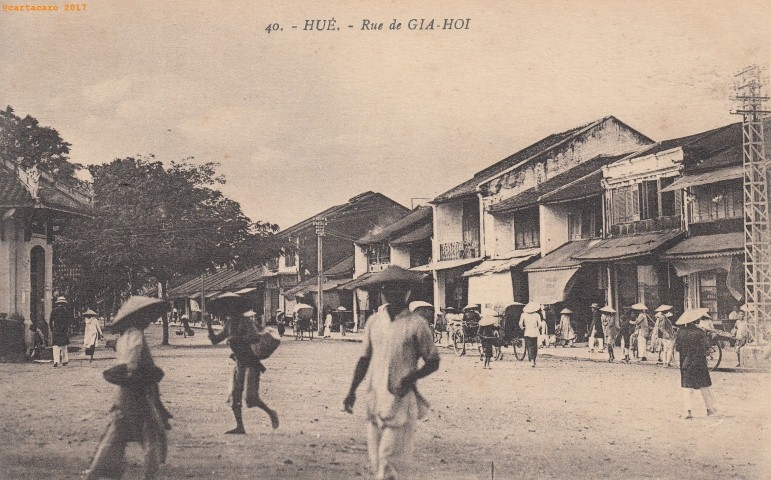 |
| Rue Gia Hoi (Gia Hoi Street) during the French colonial period. Photo courtesy |
Besides, on Chi Lang street, there is also the palace of Hoa Thanh Vuong, the 37th son of King Minh Mang. During the time when the patriotic King Thanh Thai was accused of being "mentally insane" by the French colonialists and their henchmen at the Hue court, and was imprisoned on Bong Doanh island on Tinh Tam lake, Hoa Thanh Vuong was assigned the responsibility of arranging for the mandarins in the court to take turns serving King Thanh Thai well, so he was greatly respected by King Thanh Thai.
On this road, there is also the palace of Thoai Thai Vuong, the fourth son of King Thieu Tri. As a child, he was exceptionally intelligent and quick-witted. When he grew up, he was good at poetry, so his father loved him very much. There is an anecdote that King Tu Duc was very proud of his talent, but had to admit when comparing himself with Thoai Thai Vuong: "I am ashamed that I am not equal, but because I am four years older, I am the elder brother." Thoai Thai Vuong was the father of King Duc Duc. His grandson and great-grandson were King Thanh Thai and King Duy Tan. King Duc Duc only sat on the throne for less than 3 days. King Thanh Thai and King Duy Tan were exiled to Reunion Island (Africa) because they loved their country and fought against the French.
Chi Lang Street was formed in the early 19th century, at the same time as the construction of Hue Citadel under King Gia Long. In the late 19th and early 20th centuries, along with the development of commercial activities of Vietnamese and Chinese people, the street quickly became an important traffic hub of the Eastern quarter of the capital. In 1908, the street was named Rue Gia Hoi (Gia Hoi Street). In 1956, the street was renamed Chi Lang, after a northern border gate (Chi Lang Pass).
The Chinese were very good at business and trade, and had a rich source of goods to exchange from China. In addition to the Nguyen Dynasty's "closed-door" policy (banning trade with the West but prioritizing trade with China), the number of Chinese merchants coming to Hue increased day by day. Chi Lang Street has become the place with the largest Chinese community in Hue to date. The Chinese architectural works on this street are as beautiful as those in Hoi An ancient town. From Chieu Ung Temple, Ba Pagoda, Quang Dong Pagoda to Trieu Chau Assembly Hall, Phuc Kien Assembly Hall, Quang Trieu Assembly Hall, all were built very elaborately, majestically and magnificently.
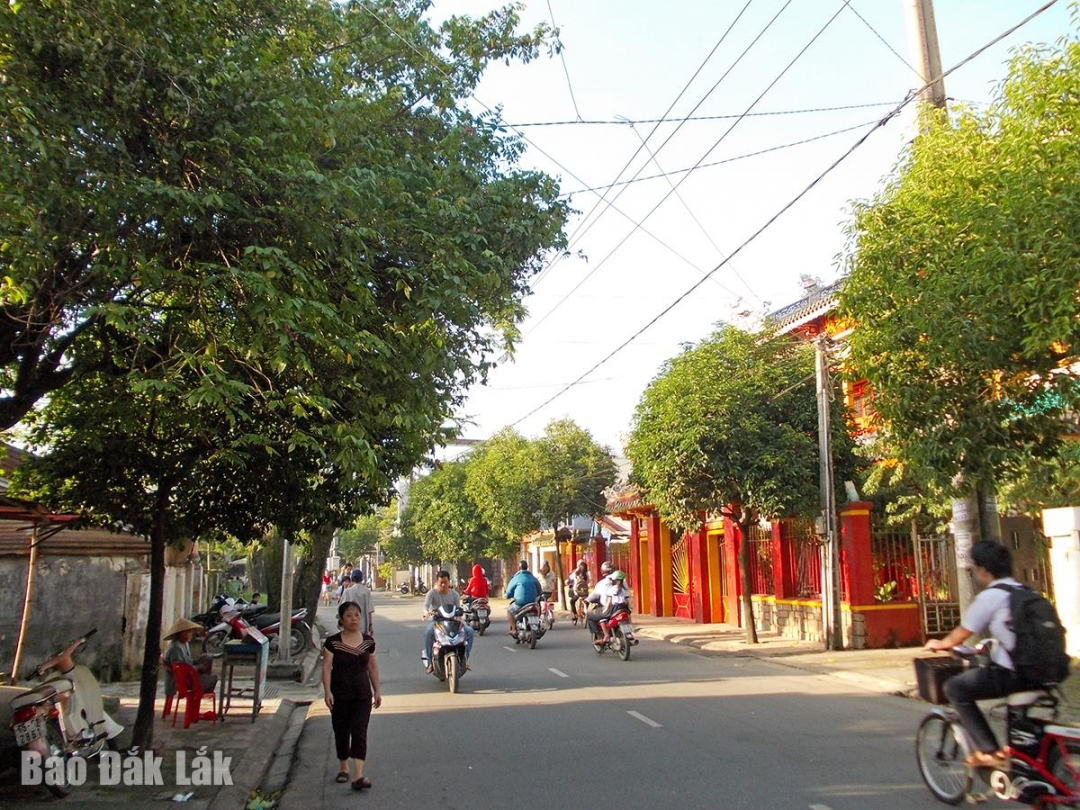 |
| Chi Lang Street today. |
There is a famous place on this street called Dinh market. According to the explanation of researcher Nguyen Dac Xuan, this area under the Nguyen lords was a military barracks. The Chinese who came here to trade called the military area dinh. Dinh market during the Nguyen dynasty consisted of 8 shops: Gia Thai, Hoa My, Phong Lac, Dinh Ninh, Hoi Hoa, My Hung, Thuy Lac and Tam Dang, collectively called 8 shops along the river (Duyen Giang Bat Hang).
More specifically, Chi Lang Street is a route with many spiritual architectural works of the Vietnamese people. The first is Thanh Binh Tu Temple, which worships the founders of the opera industry and those who contributed to the theater industry throughout the country during the Nguyen Dynasty, and was ranked as a National Historical and Cultural Relic in 1992.
Next is the ancient Truong Xuan pagoda built during the Nguyen lords' reign. This is an ancient pagoda established during the reign of Lord Nguyen Phuc Khoat (17th century) with the original name Ky Vien Am. During the Nguyen dynasty (1804), it was changed to Xuan An Tu. Interestingly, the pagoda's altar does not worship Buddha but worships the Jade Emperor, the Holy Mother and Quan Cong.
Chi Lang Street also has traditional craft villages. The most prominent is the lantern making village serving the Buddha's birthday season at alleys 399 and 401 of Chi Lang Street.
It can be said that with its rich history, Chi Lang Street is an interesting destination when traveling to Hue.
Nguyen Van Toan
Source: https://baodaklak.vn/van-hoa-du-lich-van-hoc-nghe-thuat/202503/chi-lang-con-duong-luu-giu-dau-an-thoi-gian-o-hue-f8b1104/








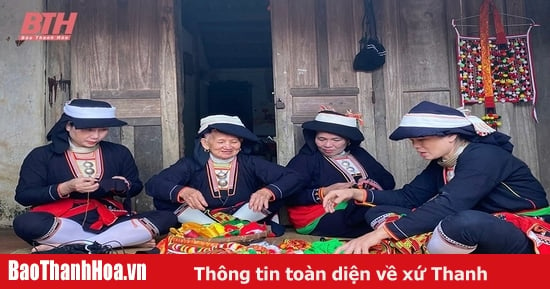
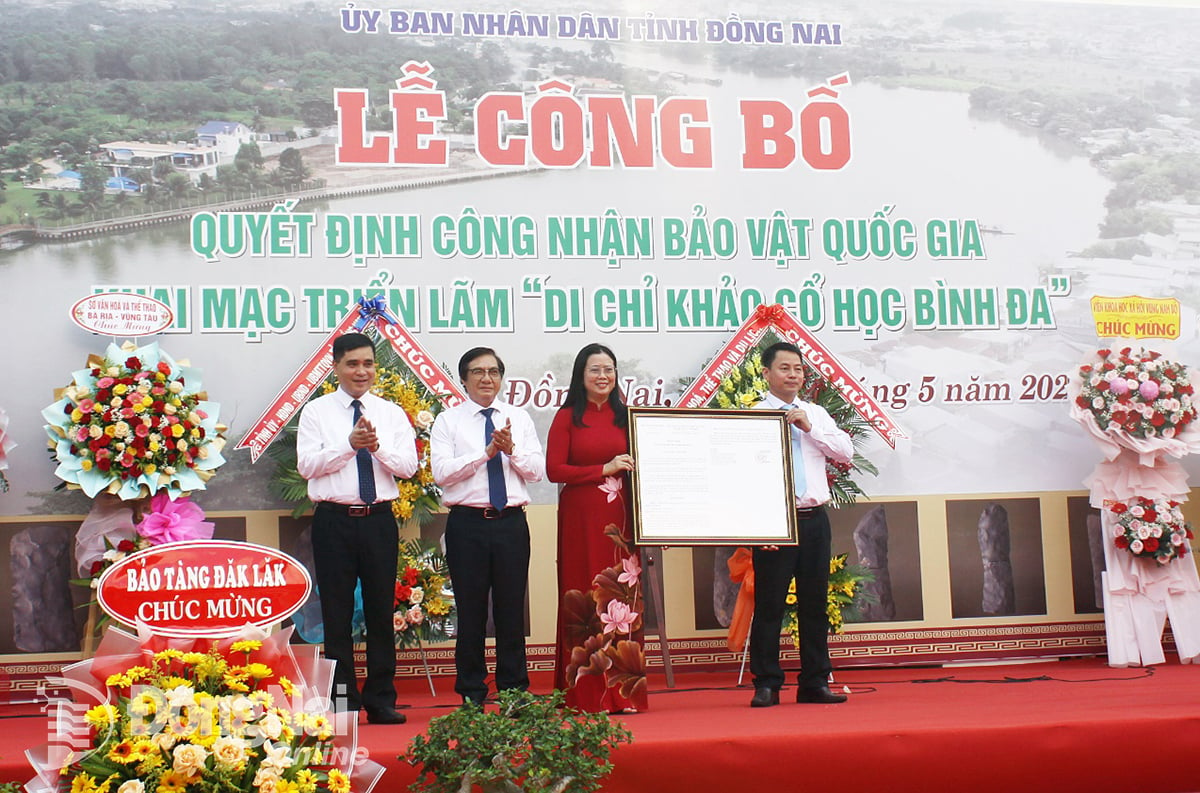
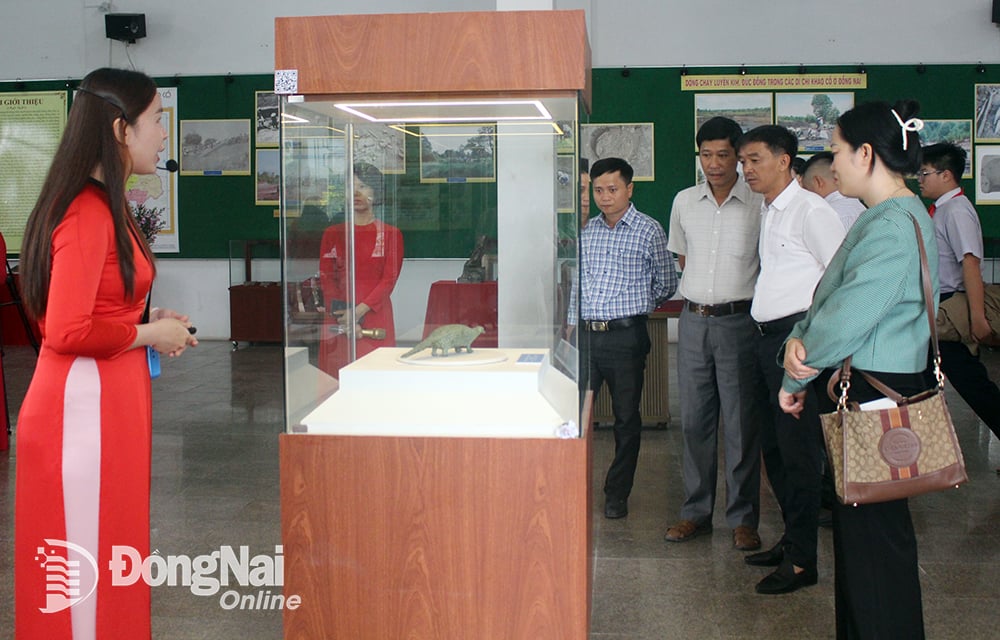

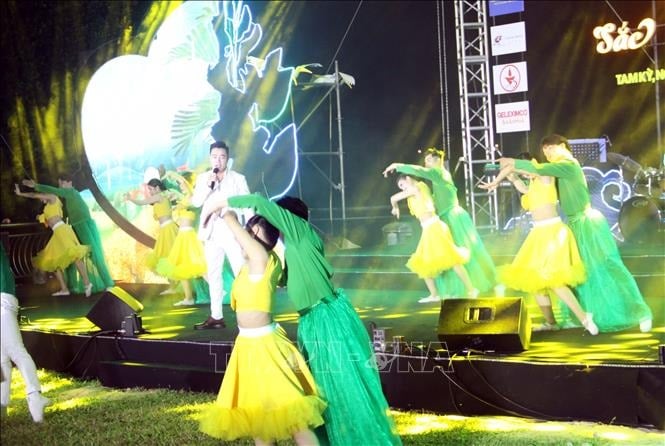
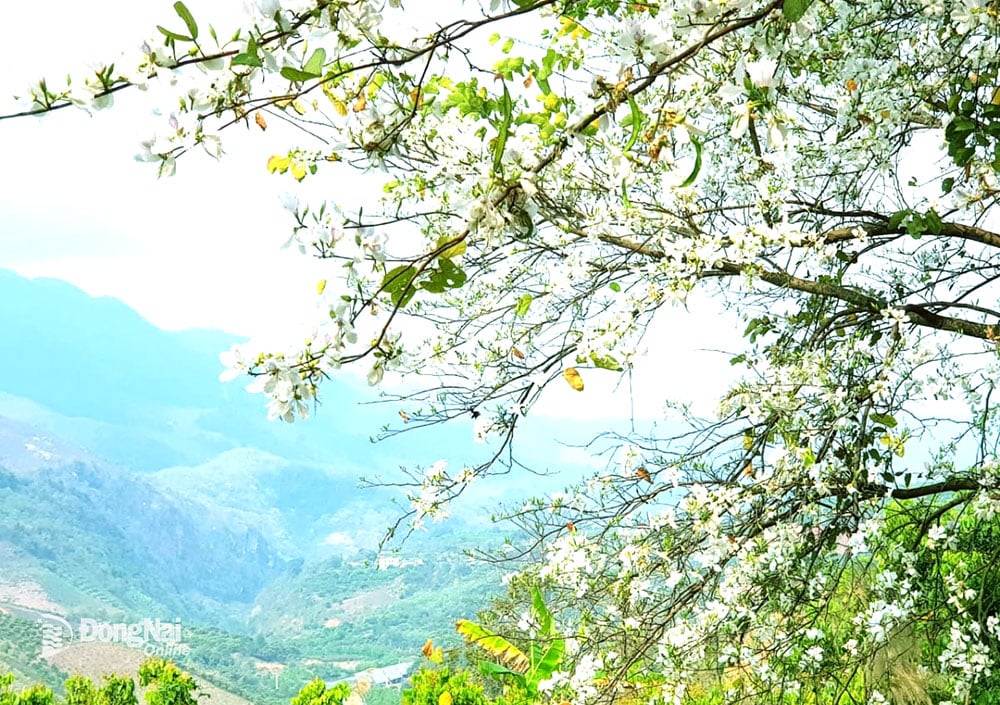


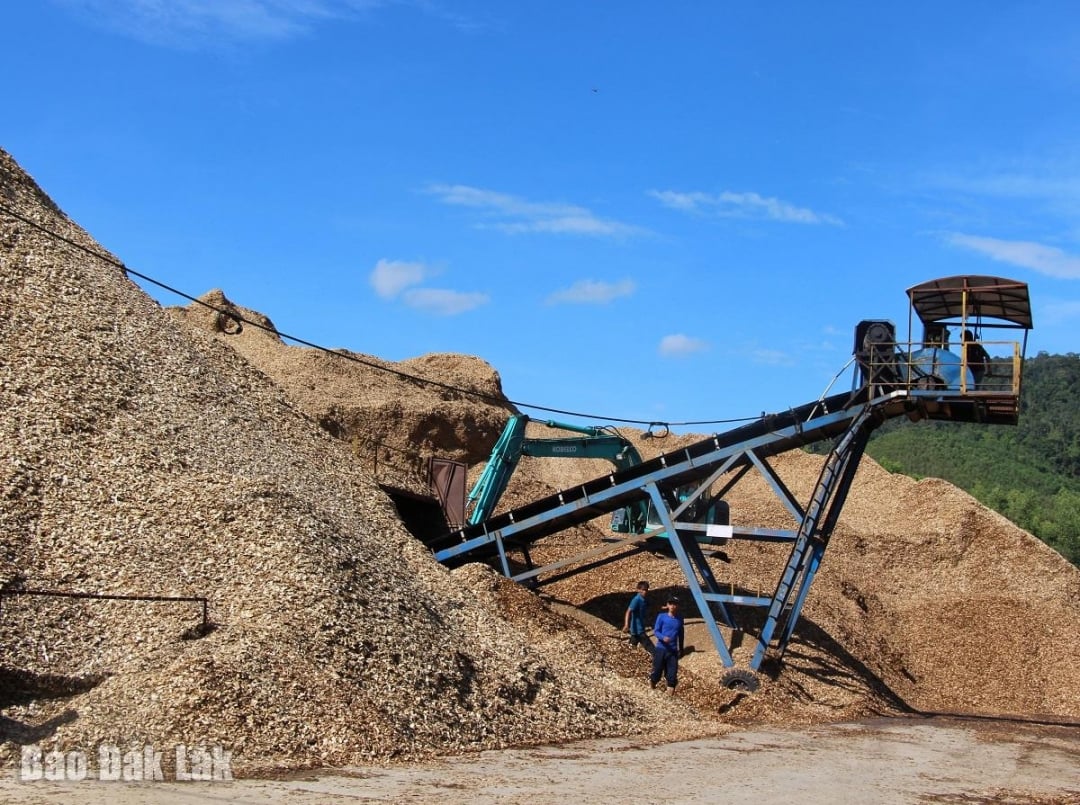
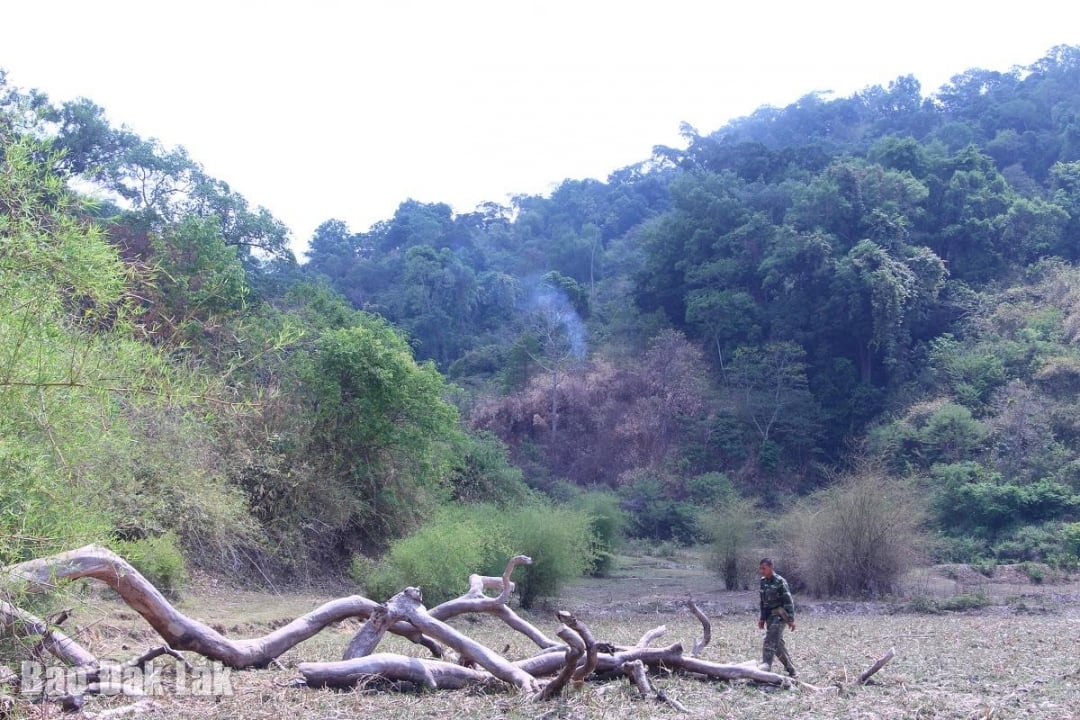
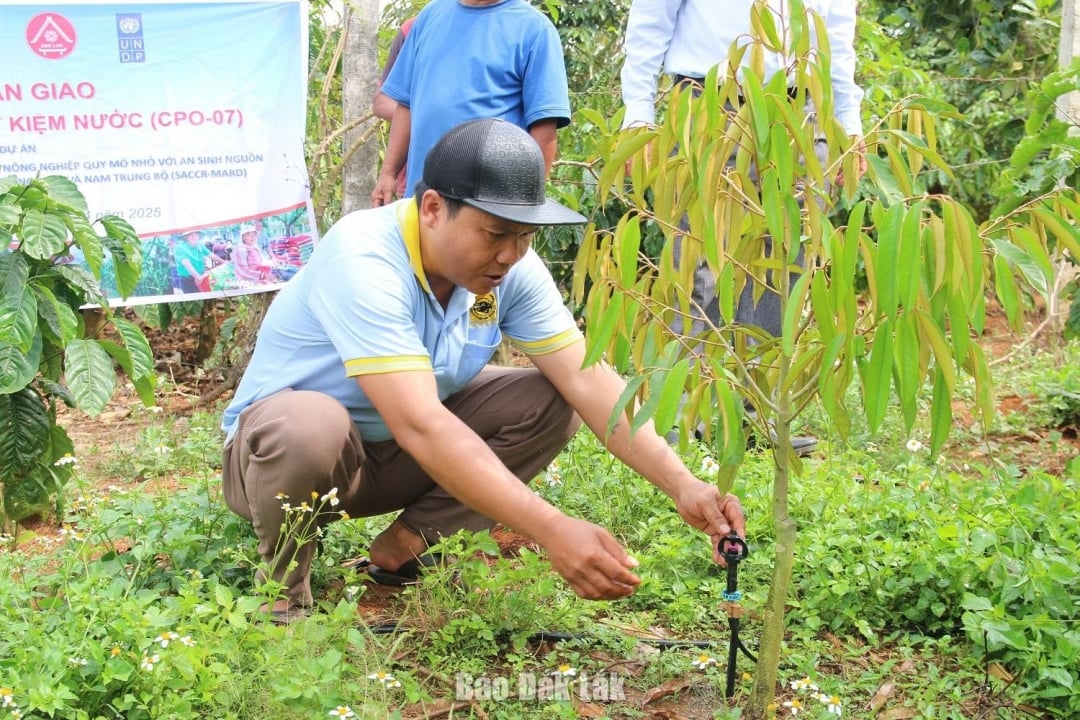
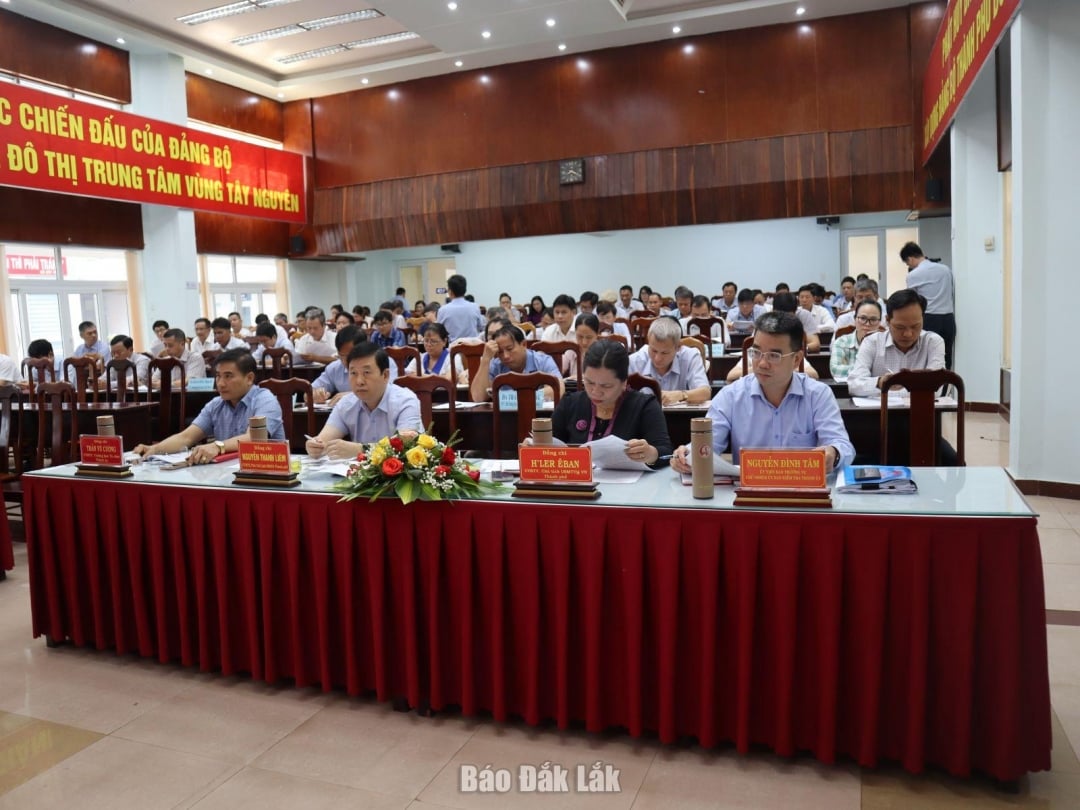

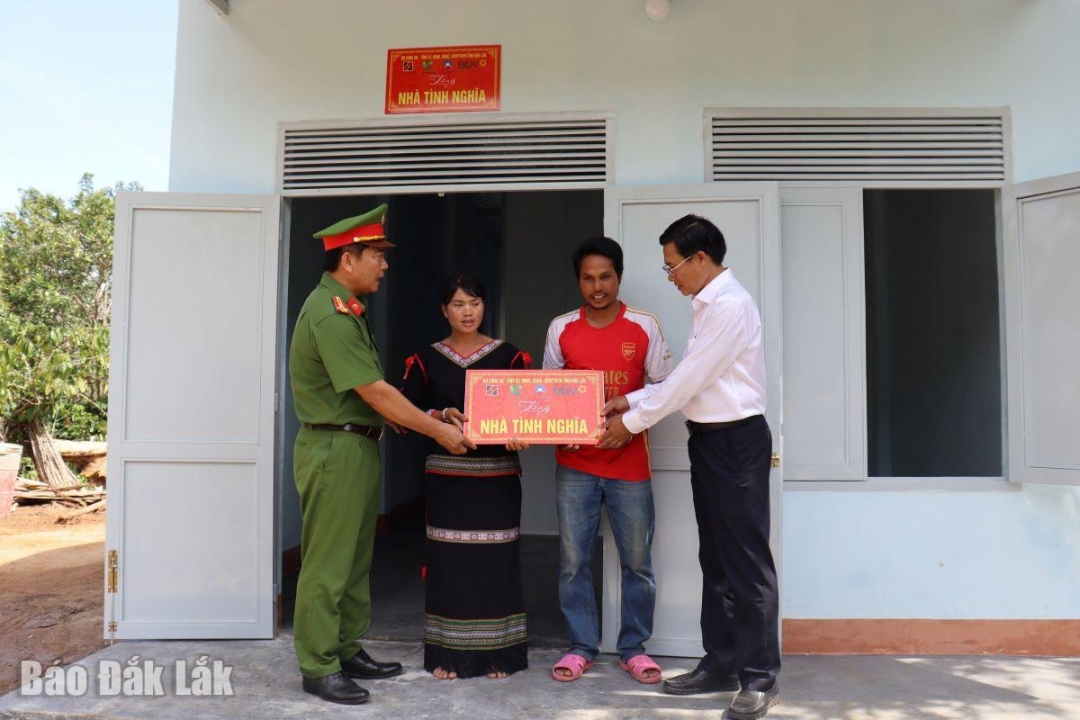
![[Photo] "Beauties" participate in the parade rehearsal at Bien Hoa airport](https://vstatic.vietnam.vn/vietnam/resource/IMAGE/2025/4/11/155502af3384431e918de0e2e585d13a)














































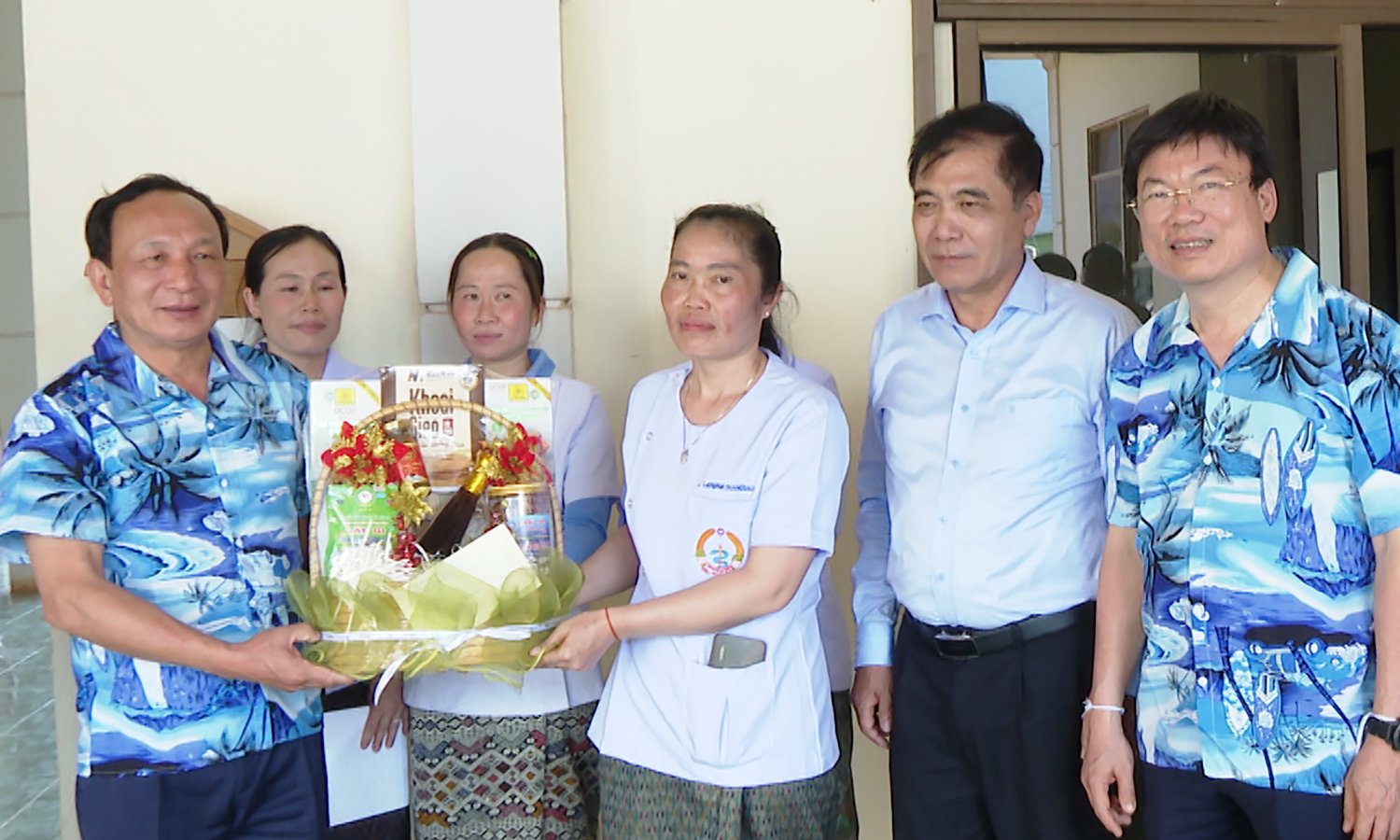
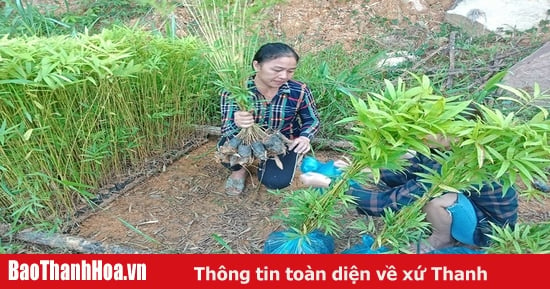


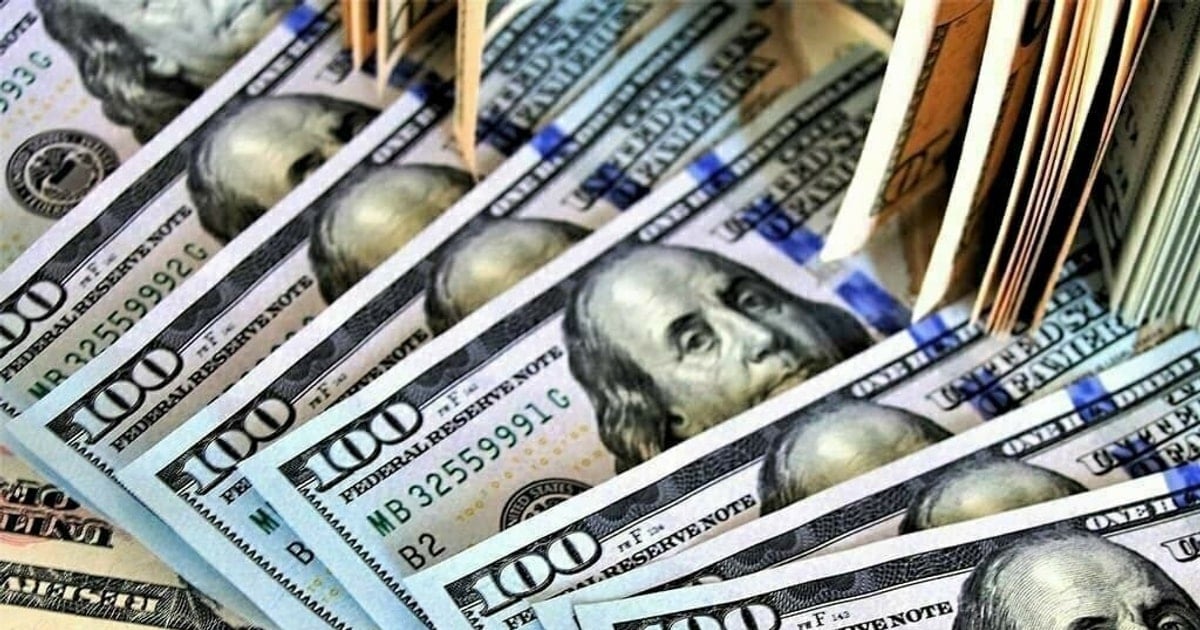














Comment (0)